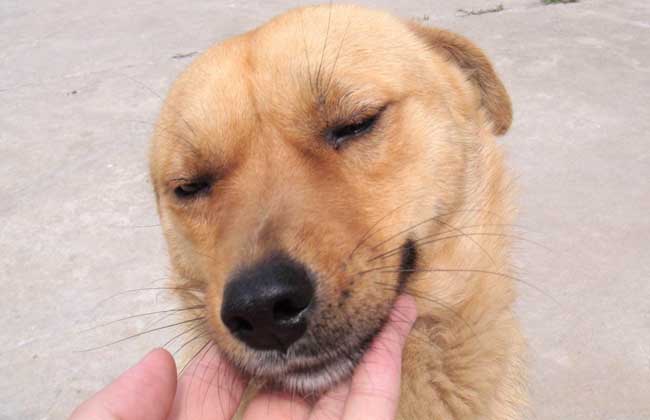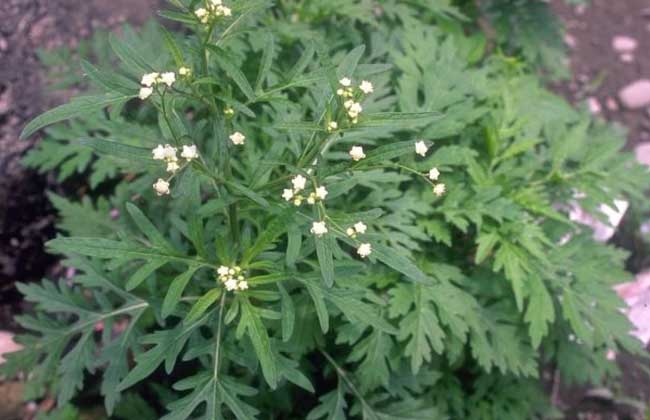How much is a Chinese pastoral dog?

Chinese pastoral dogs, also known as yellow dogs, native dogs and firewood dogs, are mainly distributed in the south of the Great Wall, east of the Qinghai-Tibet Plateau, and the low-altitude gathering areas of the Han nationality with the Central Plains as the center. They widely exist in the rural areas of the Han nationality of China and are the product of the farming society of the Han nationality for thousands of years. However, due to the introduction of a large number of foreign dogs in China, purebred Chinese pastoral dogs are on the verge of extinction and are in urgent need of protection. Next, let's take a look at how much a Chinese pastoral dog costs.
How much is a Chinese pastoral dog?
The Chinese pastoral dog can be said to be the cheapest dog on the market at present. The general price of a Chinese pastoral dog is about 100 yuan, while the price of a better Chinese pastoral dog may be a little more expensive, about a few hundred yuan. but in most areas, Chinese pastoral puppies are given away or given a little money to show that there is no real price. Unlike many pet dogs, Chinese pastoral dogs are only enthusiastic to their owners' families and bark angrily when they meet strangers, which is also an important feature of watchdogs.
Morphological characteristics of Chinese Pastoral Dog
1. Head: the characteristics of the head are closer to the appearance of its ancestor wolf, with a pointed mouth, a short mouth and a flat forehead.
2. Ears: the ear position is high, the ear is small and upright or semi-upright, and the semi-upright ear is half drooping directly in front of the head.
3. Tail: the tail is raised upward, especially when walking, mainly with money tail and sickle tail.
4. Hind legs: when standing still, the hind legs are obviously straight and perpendicular to the ground, and the bending of the ankle is not obvious.
5. Coat: mainly brown hair, thick hair, easy to keep clean. There are yellow, white, black and miscellaneous colors.
6. Figure: the body is symmetrical and compact, of medium size, with a ratio of length to shoulder height of about 1:1, plus the hind legs are straight and almost perpendicular to the ground to square the whole body.
The behavior habits of Chinese Pastoral Dogs
1. Hierarchical system: when Chinese pastoral dogs live in groups, there is a "hierarchical system". The establishment of such an order can maintain the stability of the whole group and reduce the fights and wars caused by the competition for food, living space and the opposite sex.
2. Turn around before going to bed: Chinese pastoral dogs always turn around before lying down, and only when they are sure that there is no danger will they sleep peacefully.
3. Like to caress: the belly and back of Chinese idyllic dogs like to be caressed.
4. Stranger attitude: the code of conduct of Chinese idyllic dogs to strangers is to judge the strength of their opponents according to the height of their own line of sight.
5. Show your belly: the Chinese idyllic dog shows others that its belly is a sign of surrender, admitting mistakes and obedience, acting coquettish, and never attacking an opponent who falls down and reveals his belly.
6. Wagging dog's tail: Chinese pastoral dog wagging dog's tail and human smile are similar forms of communication.
7. Avoid groups: when sick, Chinese pastoral dogs instinctively avoid humans or other dogs and hide in the dark to recover or die, which is a kind of "atavistic phenomenon".
8. Urine marking: Wolves use urine to mark "territory, attract the opposite sex, or make road signs". Chinese pastoral dogs evolved from wolves also inherit this habit of their ancestors.
9. Territorial consciousness: Chinese pastoral dogs have territorial habits, occupy a certain range and protect them from other animals. Use anal gland secretions to make feces have a special smell, sweat secreted by interphalangeal sweat glands and scratches on the ground with hindlimbs as territorial marks.
Related
- A course of planting techniques and methods on how to grow carrots
- How to plant the latest tulips?
- Is it better to pick tea in the morning or in the afternoon? When is the best time for tea to be picked? what is the third or fifth tea?
- Launch Yuanxiao Happy combination Haocha + Tea Yuan healthy Taste
- Penghu Tourism "Fireworks 20 Parade with You"
- 2022 West Lake Happiness holds "Digital Revitalization Voucher" and draws iphone13 and laptop.
- Banqiao Fuzhou social houses are designed to change start-up combined with police elimination to create a safe and livable environment
- The convenient measure of "mechanical weeding" in Xinbei has been abused and the Agriculture Bureau has imposed heavy penalties on the illegal land consolidation.
- Changgeng University Joins Hands with Four Memory Factories to Rescue Memory Talent Shortage
- The list of Taiwan's top 100 MVP managers is listed by the Director-General of the Farmers' Association of Sanxia District.



